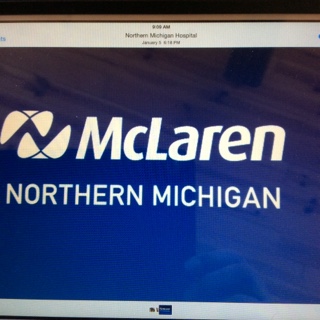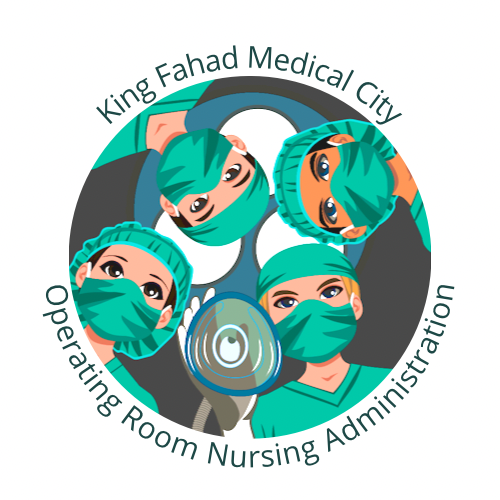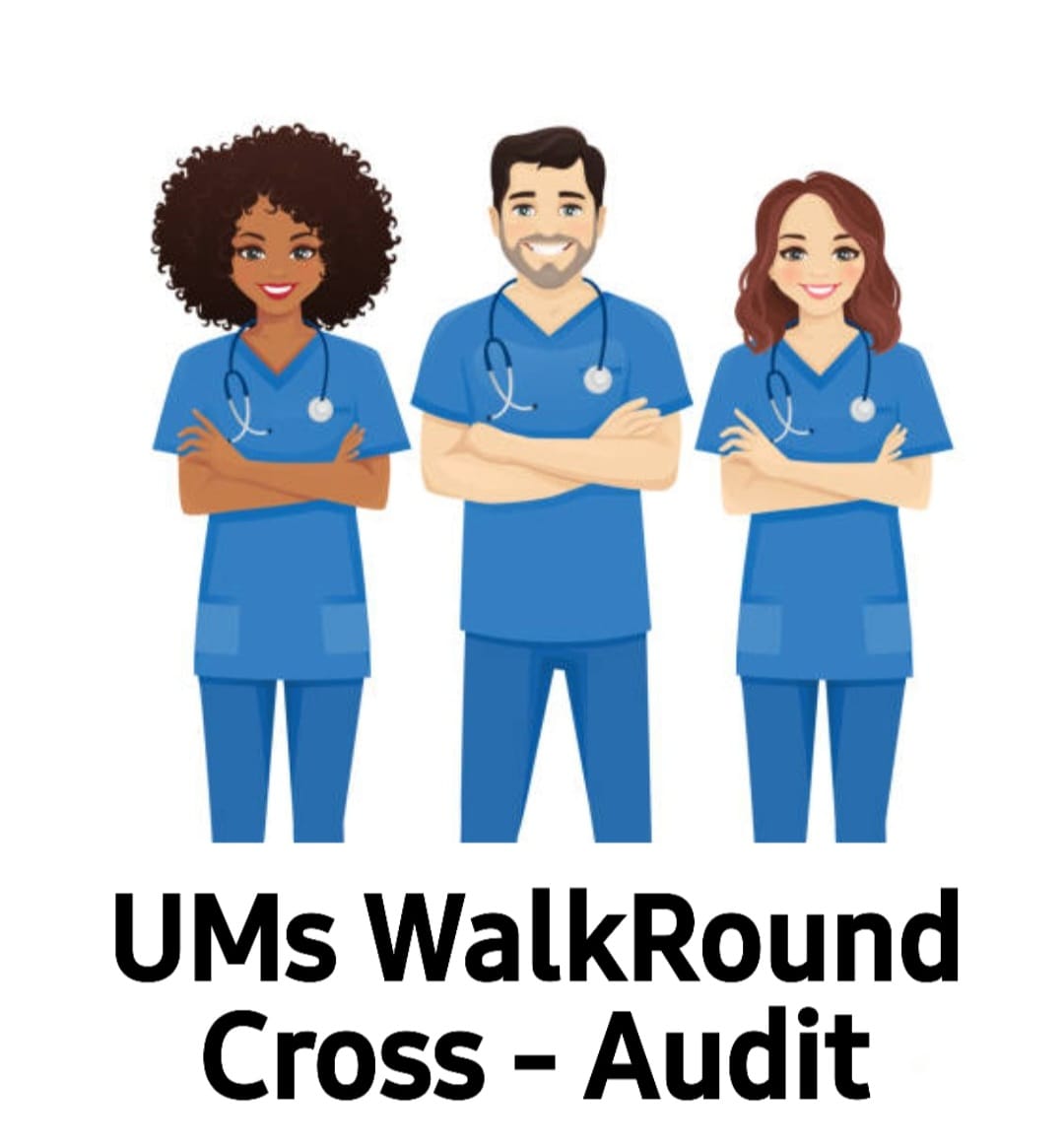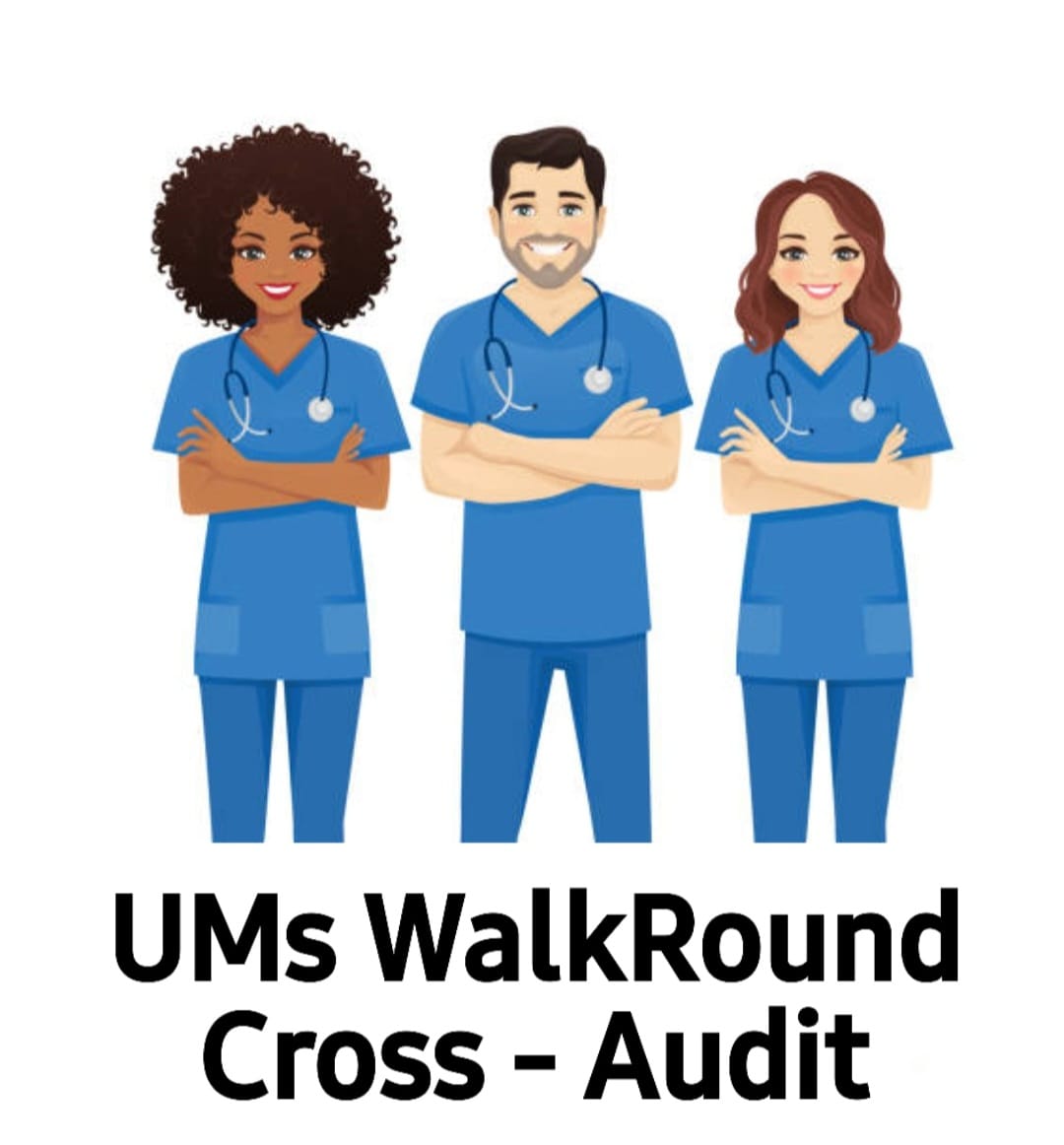Information
-
Document No.
-
Audit Title
-
Client / Site
-
Conducted on
-
Prepared by
-
Location
-
Personnel
-
Select date
Surgical Attire
-
Staff changed into scrubs at the hospital
-
Top is secured at waist, tucked in or close to body
-
Al hair is covered
-
No visible jewelry worn by scrubbed and non-scrubbed staff
-
Mask is worn by (secured with both ties) in the presence of open sterile items and equipment
-
Cover gowns/jackets are worn and secured to prevent inadvertent contamination while walking past sterile field
-
Dedicated shoes or shoe covers are worn
Sterile Technique
-
Sterile field is prepared close to time of surgery <1 hour
-
Sterile items are transported in covered or enclosed cases/carts
-
Sterile packages are inspected for punctures, tears, and expiration dates
-
Sterile field is maintained troughout the procedure with traffic patterns established with a minimum of one foot perimeter respected by the unsterile personnel
-
Sterile items are presented to scrubbed person or placed securely on field
-
Liquids are poured only once, without splashing, and the remainder is discarded
-
Draping is accomplished in a sterile manner:<br> * Draping is performed by a minimum of two people<br> * Hands are "cuffed" while presenting drapes to unsterile personnel<br> * Anesthesia screen is not dropped prior to placement<br> * Drapes are not lifted or moved after placement
-
Items are flashed sterilized only in an emergency situation and a closed container is used or transport to the sterile field
Surgical Hand Scrub
-
Scrub is performed according to manufacturer's directions and aseptic technique
-
Scrubbed personnel do not contaminate themselves while gowning and gloving
Time Out
-
Observe Universal Protocol "Time Out"
-
Site marked prior to entry into OR suite (in pre-op holding area)
-
Circulator calls "TIME OUT"
-
Circulator checks patient's ID bracelet- patient identificiation
-
Circulator states the correct site
-
Circulator reads aloud the surgical procedure to be done
-
Outpatient chart review- H&P reviewed and documented
Skin Prep
-
Hair is removed using clippers
-
Skin prep is performed according to manufacturer's directions and aspectic technique
-
Type of Prep used
-
Sufficient drying time is allowed prior to draping
Traffic
-
Traffic in and out of the room is kept to essential personnel/tasks
-
The traffic pattern during the case avoids the sterile field whenever possible
Environmental Cleaning
-
Horizontal surfaces are free of dust and organic debris
-
After procedure, reusable patient items such as straps are cleaned between uses
-
After procedure, visibly soiled areas of the floor (three to four feet perimeter around the bed) is mopped free of all blood and debris
-
OR doors are closed between cases
-
Scrub tech removes excess tissue from instruments
-
Enzymatic spray prior to delivery to CS
-
Operating room's environmental temperature and humidity temperature range 68-73 degrees and humidity range 30-60%. Staff takes and documents corrective action if temperature and humidity ranges are not met
-
Linen, equipment and supplies are properly stored within the operating room and OR department, including appropriate covers and storage practices to minimize the potential for dust and contamination
Medications
-
Medications are labeled appropriately when in use
-
Safety devices are used whenever possible
-
Refrigerators are specific for medications, staff foods, etc.
-
Sharps are removed and disposed of appropriately at the completion of each case
-
Sharps containers are accessible, secured to wall/counter and emptied when the "full" line is reached
-
Unused medications/fluids are disposed of at the end of each case
-
Fluid warmers are checked for approved temperature ranges each day the OR is functioning. If the OR is closed it is documented on the warmer log.
-
Dirty / clean equipment is stored separately
-
Glass is disposed of in rigid sharps containers
-
Biohazard waste is labeled and covered
-
Cleaning supplies are labeled
-
Approved cleaning supplies
Cleaned / Soiled Areas
-
Soiled linens are placed in designated covered hampers
-
Under sink storage is limited to disinfectants / cleaners
-
No eating or drinking in patient care area
-
Clean equipment is labeled clean / clean label removed for used equipment
-
All sterile supplies are dry with intact packaging, not stored on the floor
-
Low storage areas must have solid surface shelving
-
Storage of sterile supplies is 8-10" above the floor and 2" away from exterior walls
-
Ice scoop is not stored in the ice machine
-
Staff know where to find and how to access infection prevention policies and procedures
-
CDC isolation guidelines are available on isolation carts or other designated areas in the department
-
Staff are aware of when to use Airborne isolation and which rooms are negative pressure
-
Staff are knowledgable about blood spill protocol
-
Staff know the kill time for disinfectants used
-
Staff have access to and are familiar with the MDRO list
-
Staff have knowledge of hand hygiene requirements and practice these requirements










